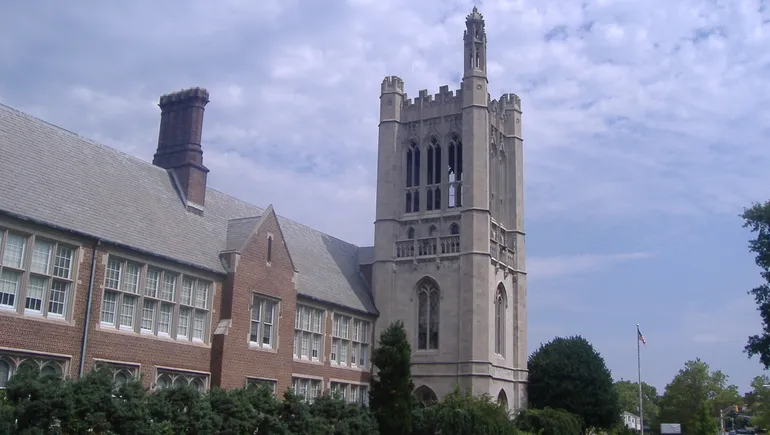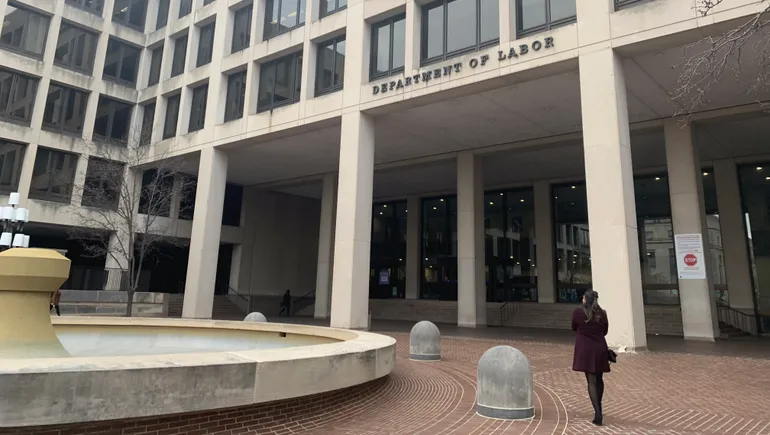Dive Brief:
- Fitch Ratings raised its outlook for New Jersey City University from negative to stable, citing “significant progress toward achieving fiscal balance despite continued pressure on student enrollment.”
- Since the public institution’s trustees declared a financial emergency in 2022, it addressed immediate liquidity concerns through major cost-cutting initiatives and with support from the state, Fitch analysts said Wednesday in an emailed note. That includes a total of $17 million in stabilization aid split between fiscal years 2024 and 2025.
- The ratings agency also noted that the university is poised to log a balanced budget for fiscal 2025, having raised enough liquidity to rebuild its balance sheet and provide “much-needed” funding for capital spending.
Dive Insight:
Some two years ago, NJCU faced a projected structural deficit of nearly $23 million. That budget hole was so pronounced it could have “severely compromised” its operating liquidity, Fitch analysts said. In other words, the institution’s financial viability was at risk.
The state’s comptroller in early 2023 found that “poor financial management by top administrators, coupled with lax trustee oversight, led to fiscal problems. The institution has also suffered from long-term enrollment declines. Between 2016 and 2022, fall headcount declined 23.1% to 6,539 students.
Since then, New Jersey has appointed a fiscal monitor to oversee the institution’s finances. Fitch analysts last week described the monitor as having “broad latitude to hold the university accountable for a variety of operational, governance, asset monetization and other goals.”
The university also went through a leadership change after Sue Henderson, president for a decade, resigned the day trustees declared a financial emergency. Interim president Andrés Acebo joined in early 2023 as the youngest person to lead the institution.
Under Acebo, the university’s deficit went from $22.7 million to less than $8 million in six months, partly through deep cuts to programs, faculty, staff and other budget areas. Acebo also worked to rebuild the administration’s working relationship with the university’s faculty union. The resulting cooperation led to the union’s support of the restructuring, Fitch analysts said.
“It need not be an adversarial engagement or process. In order to make it productive, you have to engage in good faith,” Acebo told Higher Ed Dive last year. “I’ve found fewer greater partners in my short time as president than my friends in organized labor and their leaders.”
NJCU is now moving to free up more capital.
Under the state’s fiscal monitor, the university is looking to re-lease or sell properties — including a beachside campus, a new business school campus and a performance arts center — that were acquired for ambitious expansion projects undertaken before 2022. Those efforts could help reduce the institution’s debt further, free up cash and boost its operating performance, Fitch analysts said.
But challenges remain for the university, including a 2024 fall headcount that dropped about 6.9% year over year to 5,430 students. Fitch attributed the decline to the state’s “challenging demographic environment and low retention rates among NJCU’s vulnerable student base.” They added that the university is investing funds toward growth and retention following its large program cuts.
Fitch analysts pointed to the important role the university plays in educating underserved communities. More than half of the university’s students were awarded Pell Grants as of the 2021-22 academic year, according to the most recent federal data. In fall 2022, 41% of its students were Hispanic and 20% were Black.





















Discussion about this post